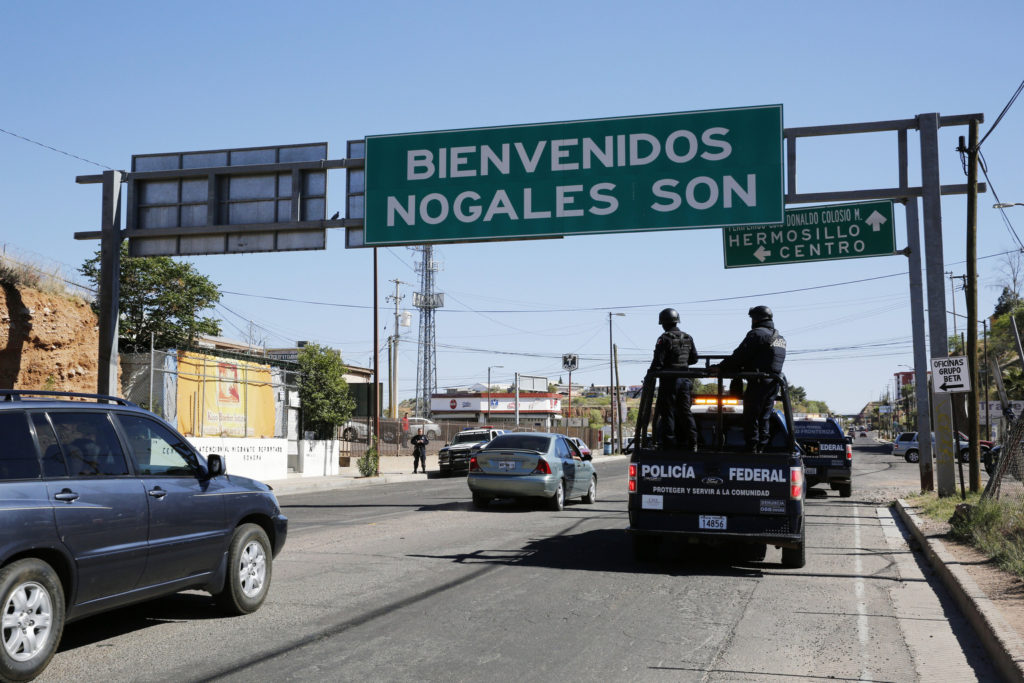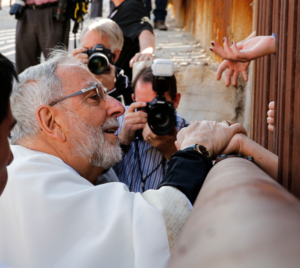The 9th U.S. Circuit Court of
Appeals said it is neither the responsibility of the petitioner nor the
government to determine if it is safe for the person to return to
another part of the country than where the torture occurred.
An expanded panel of judges in San Francisco ruled for Roberto Curinsita Maldonado, who appealed a finding by the U.S. Board of Immigration Appeals that he didn't qualify for a reprieve from deportation under the U.N. Convention Against Torture because he failed to prove he would be unsafe in any part of Mexico. A U.S. asylum officer had found that Maldonado's allegations of being tortured by police in the central Mexican state of Michoacan were credible.
The judges returned Maldonado's case to the Board of Immigration Appeals, an administrative panel in the U.S. Justice Department,
It was not immediately clear how much impact the ruling would have on others seeking to remain under the U.N. convention. Kathryn Mattingly, a spokeswoman for the Justice Department's Executive Office for Immigration Review, said the agency had no comment on the decision.
Bill Hing, a professor at the University of San Francisco School of Law, said the decision is potentially significant for Mexicans escaping drug-fueled violence and police corruption and Central Americans who flee strife in their countries. Expecting them to show they would be unsafe in any part of their home countries is too high a bar, he said.
"How can someone do that because they haven't lived in every part of the country often?" he said.
Dan Kowalski, an Austin, Texas, attorney and editor of Bender's Immigration Bulletin, a newsletter of immigration-law analysis, said the decision "represents a small, technical, but important step forward in the protection of (Convention Against Torture) applicants from any country, but especially from Mexico."
An expanded panel of judges in San Francisco ruled for Roberto Curinsita Maldonado, who appealed a finding by the U.S. Board of Immigration Appeals that he didn't qualify for a reprieve from deportation under the U.N. Convention Against Torture because he failed to prove he would be unsafe in any part of Mexico. A U.S. asylum officer had found that Maldonado's allegations of being tortured by police in the central Mexican state of Michoacan were credible.
The judges returned Maldonado's case to the Board of Immigration Appeals, an administrative panel in the U.S. Justice Department,
It was not immediately clear how much impact the ruling would have on others seeking to remain under the U.N. convention. Kathryn Mattingly, a spokeswoman for the Justice Department's Executive Office for Immigration Review, said the agency had no comment on the decision.
Bill Hing, a professor at the University of San Francisco School of Law, said the decision is potentially significant for Mexicans escaping drug-fueled violence and police corruption and Central Americans who flee strife in their countries. Expecting them to show they would be unsafe in any part of their home countries is too high a bar, he said.
Advertisement
Dan Kowalski, an Austin, Texas, attorney and editor of Bender's Immigration Bulletin, a newsletter of immigration-law analysis, said the decision "represents a small, technical, but important step forward in the protection of (Convention Against Torture) applicants from any country, but especially from Mexico."




